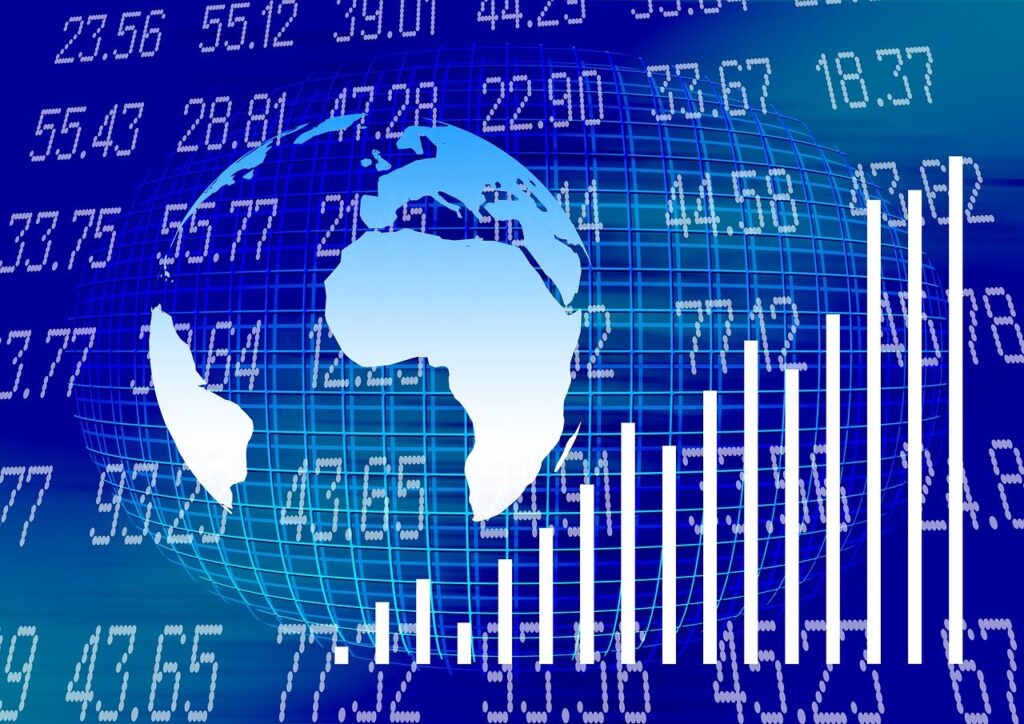President Claudia Sheinbaum gave her opinion on Thursday on the relationship between FDI and tariffs in Mexico.
Sheinbaum reported that FDI inflows to the country totaled $34.265 billion in the second quarter of 2025, a historic high.
This result was achieved despite the fact that the tariffs imposed by President Donald Trump have generated global uncertainty, especially in productive capital investments.
FDI and tariffs in Mexico
U.S. customs charges a 25% tariff on imports of products originating in Mexico if they do not comply with the rules of origin of the USMCA. This same rule applies to light vehicles, except for U.S. content.
The United States also applies tariffs of 50% on imports of steel, aluminum, and copper.
“Not even tariffs could defeat the Mexican economy. Remember that they said that if wages increased, there would be inflation, and what we are seeing here is that if people are doing better, Mexico is doing better too,” said Sheinbaum at her conference on Thursday at the National Palace.
The following table shows FDI inflows to Mexico in the second quarter of each year, in millions of dollars, according to data from the Ministry of Economy:
- 2018: 17,842.
- 2019: 18,102.
- 2020: 17,969.
- 2021: 18,433.
- 2022: 27,512.
- 2023: 29,041.
- 2024: 31,096.
- 2025: 34,265.
In the 2026 Pre-criteria, the Ministry of Finance and Public Credit (SHCP) projects that investment will remain dynamic. The momentum will come from public and private infrastructure projects, as well as a growing flow of foreign direct investment. This trend will be most visible in advanced manufacturing, clean energy, and technology.
According to the agency, the modernization of the energy sector and the expansion of logistics infrastructure will be relevant. With this, Mexico will be able to improve its competitiveness. At the same time, the integration of national companies into global value chains will be promoted.
Regionalization
Despite a challenging international scenario, the SHCP estimates that the country will continue to consolidate. Its projection is that Mexico will remain a stable, competitive, and resilient economy. It will also retain its attractiveness as an investment destination and its leadership in North American trade.
The global outlook combines risks and opportunities. Among the risks are the global slowdown, uncertainty in US trade policy, and tensions in Eastern Europe and the Middle East. These factors could disrupt supply chains and cause volatility in financial markets.
However, trade regionalization opens a strategic window for Mexico. Integration with the United States and Canada can be strengthened in the medium and long term. In this context, effectively resolving USMCA disputes will be essential. This will preserve the confidence of businesses and investors. As a result, the SHCP expects that it will ensure a stable flow of capital to strategic sectors that drive economic growth.

